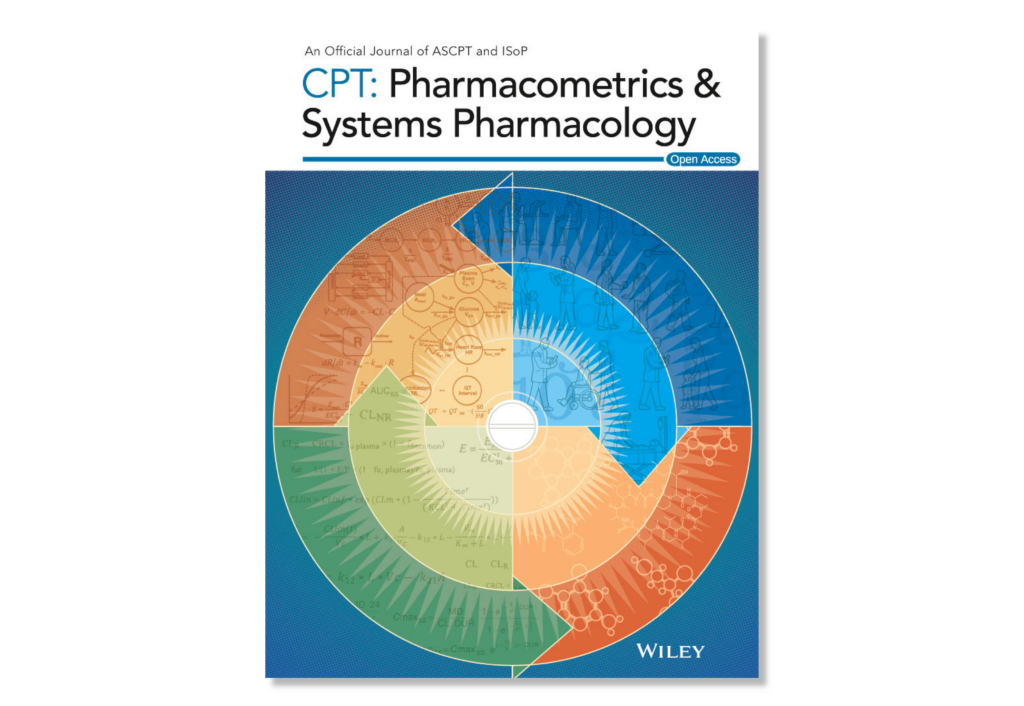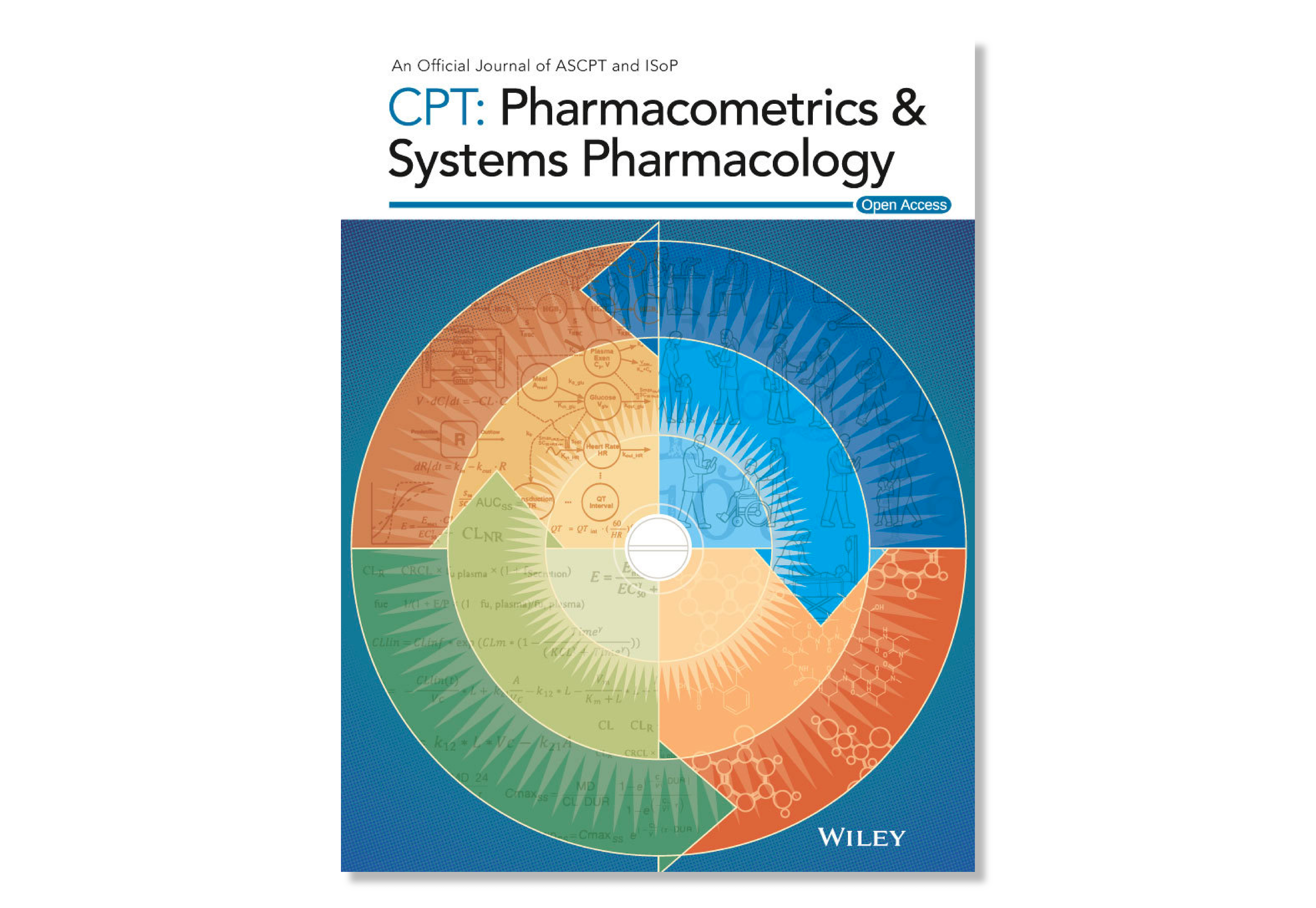

A Hybrid Machine Learning/Pharmacokinetic Approach Outperforms Maximum a Posteriori Bayesian Estimation by Selectively Flattening Model Priors
Abstract
Model-informed precision dosing (MIPD) approaches typically apply maximum a posteriori (MAP) Bayesian estimation to determine individual pharmacokinetic (PK) parameters with the goal of optimizing future dosing regimens. This process combines knowledge about the individual, in the form of drug levels or pharmacodynamic biomarkers, with prior knowledge of the drug PK in the general population. Use of “flattened priors” (FPs), in which the weight of the model priors is reduced relative to observations about the patient, has been previously proposed to estimate individual PK parameters in instances where the patient is poorly described by the PK model. However, little is known about the predictive performance of FPs and when to apply FPs in MIPD. Here, FP is evaluated in a data set of 4679 adult patients treated with vancomycin. Depending on the PK model, prediction error could be reduced by applying FPs in 42–55% of PK parameter estimations. Machine learning (ML) models could identify instances where FPs would outperform MAPs with a specificity of 81–86%, reducing overall root mean squared error (RMSE) of PK model predictions by 12–22% (0.5–1.2 mg/L) relative to MAP alone. The factors most indicative of the use of FPs were past prediction residuals and bias in past PK predictions. A more clinically practical minimal model was developed using only these two features, reducing RMSE by 5–18% (0.20–0.93 mg/L) relative to MAP. This hybrid ML/PK approach advances the precision dosing toolkit by leveraging the power of ML while maintaining the mechanistic insight and interpretability of PK models.
Hughes, J.H., Keizer, R.J. (2021) A hybrid machine learning/pharmacokinetic approach outperforms maximum a posteriori Bayesian estimation by selectively flattening model priors. Clinical Pharmacology & Therapeutics: Pharmacometrics & Systems Pharmacology. doi: doi.org/10.1002/psp4.12684
